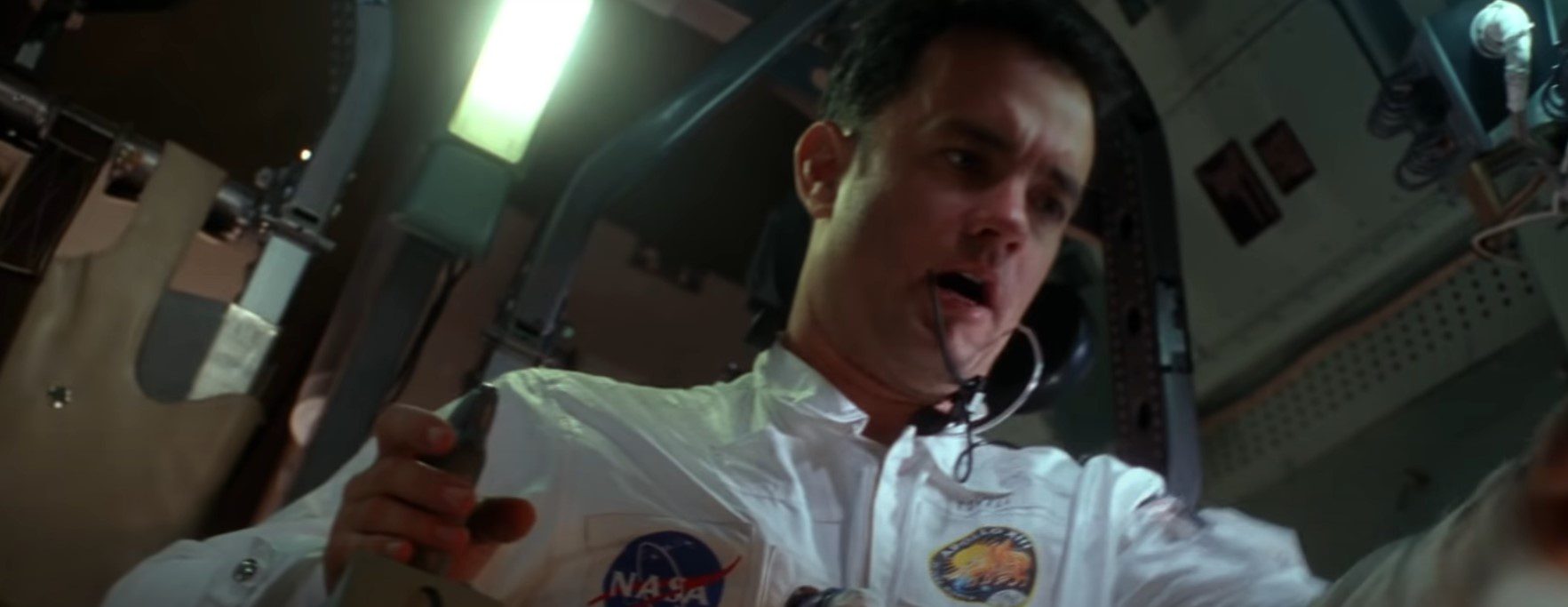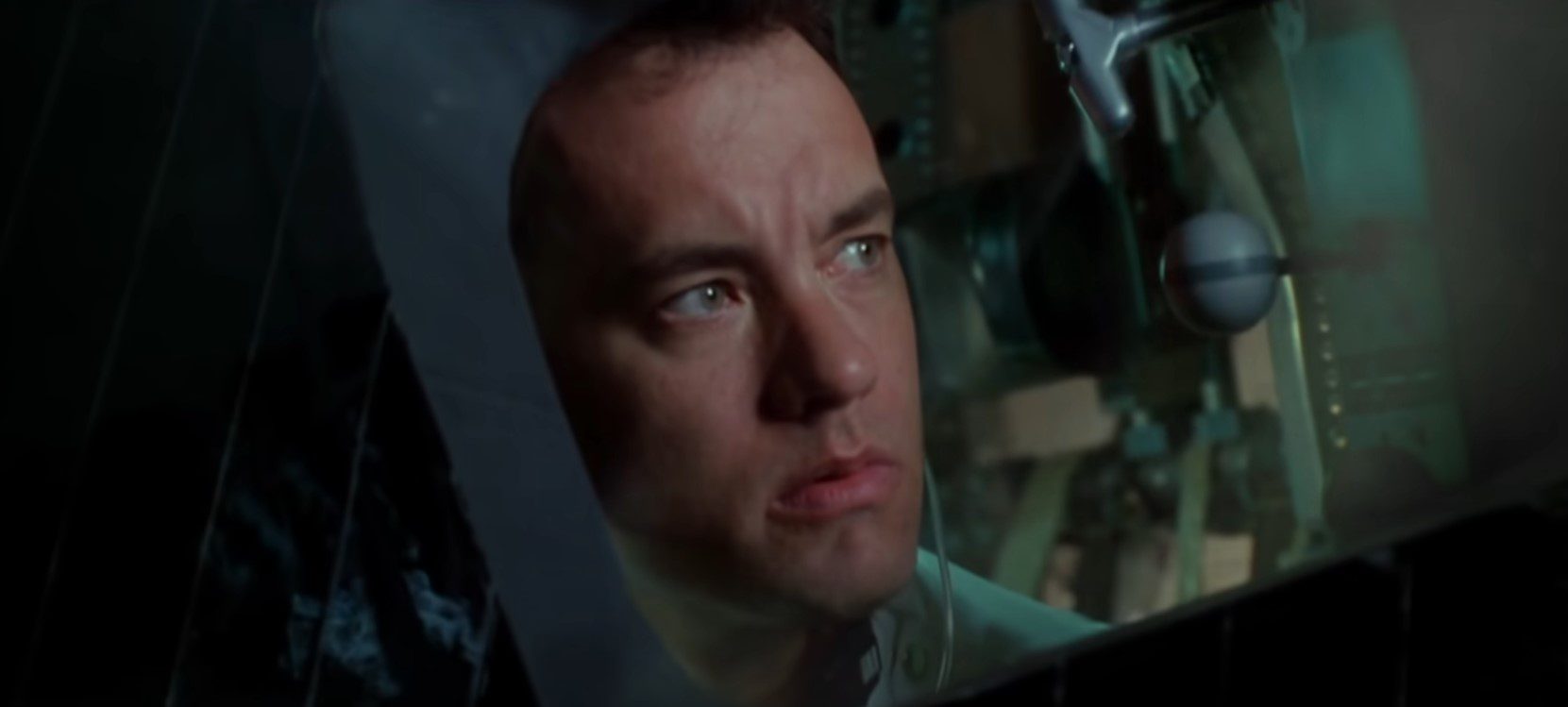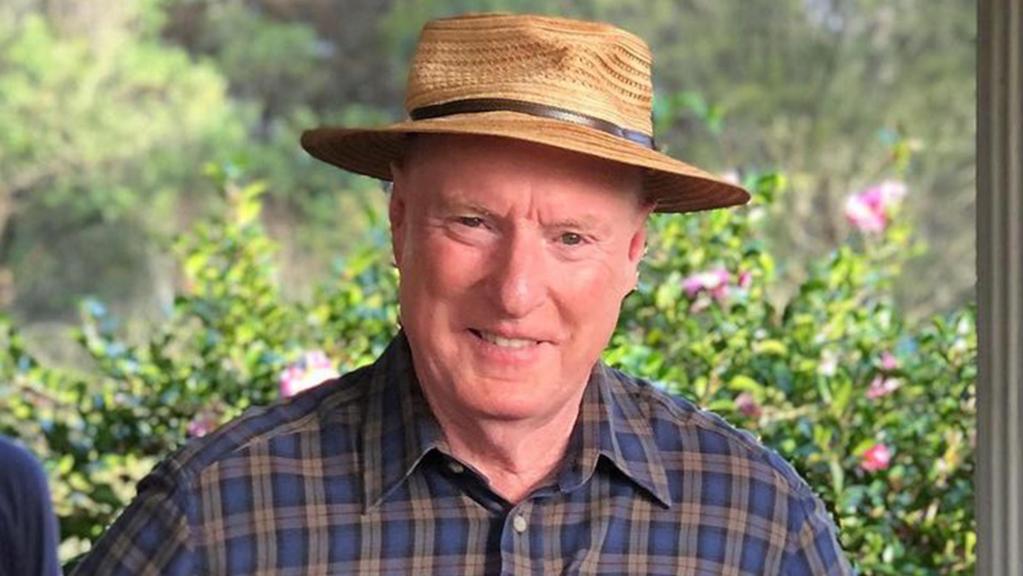Apollo 13 is a 1995 American historical drama film directed by Ron Howard. The film stars Tom Hanks, Kevin Bacon, Bill Paxton, Gary Sinise, Ed Harris, and Kathleen Quinlan. Apollo 13 tells the true story of NASA’s Apollo 13 mission. The failed endeavor was intended to be the third lunar landing. But resulted in an aborted mission and the astronauts’ perilous return to Earth. In this article, we will cover the Apollo 13 ending explained. And take a closer look at what happened in that mission.
This avant-garde movie took us into the depths of space with a mission gone awry. It employed novel techniques and gave us a glimpse into the lives of astronauts and their struggles. Furthermore, this movie is a heartwarming drama about space exploration and the conquest of technology. Now, without further ado, let’s begin covering this topic.
Apollo 13 Plot
On July 20, 1969, astronaut Jim Lovell threw a house party where guests could watch Neil Armstrong’s first human steps on the Moon live on television from Apollo 11. Lovell later tells his wife Marilyn that he plans to return to the Moon and walk on its surface. Three months later, while giving a VIP tour of NASA’s Vehicle Assembly Building, Lovell’s boss Deke Slayton informs him that his crew will fly Apollo 13 instead of Apollo 14 due to problems with Alan Shepard.

Fred Haise, Ken Mattingly, and Lovell are preparing for their new mission. Mattingly contracts German measles just days before launch, prompting the flight surgeon to replace him with Mattingly’s backup, Jack Swigert. Lovell is adamant about not breaking up his crew. But he caves in when Slayton threatens to move his crew to a later mission. As the launch date approaches, Marilyn has a nightmare about her husband being killed in space, but she goes to the Kennedy Space Center the night before to see him off.
Go For Launch
Flight Director Gene Kranz gave the go-ahead for the Apollo 13 launch from Houston’s Mission Control Center on April 11, 1970. A second-stage engine fails prematurely as the Saturn V rocket climbs through the atmosphere, but the craft reaches its Earth parking orbit. Swigert connects the command module Odyssey to the Lunar Module Aquarius and pulls it away from the spent rocket after the third stage fires to send Apollo 13 to the Moon.

Houston, We Have A Problem
The crew makes a television transmission three days into the mission, but the networks refuse to broadcast it live. One of the tanks blows up, emptying its oxygen into space and sending the craft tumbling after Swigert turns on the liquid oxygen stirring fans requested by Mission Control. The other tank is discovered to be leaking soon after. They try to stop the leak by turning off fuel cells #1 and #3, but they are unsuccessful.
Nasa must cancel the Moon landing because the fuel cells have been shut down as Swigert shuts down Odyssey before its battery power runs out. Haise and Lovell must hurriedly power up Aquarius to use as a “lifeboat” to return to Earth. Kranz rallies his team in Houston to devise a plan to return the astronauts safely. They declare that “failure is not an option.” Controller John Aaron enlists Mattingly’s assistance in developing a procedure to restart Odyssey in preparation for the landing on Earth.
Freezing Cold
Haise and Swigert watch the Moon pass beneath them as Lovell laments his missed opportunity to walk on its surface, then they focus on getting home. The crew suffers from freezing conditions as Aquarius runs on minimal electrical power. And Haise becomes ill and develops a moderate fever. Swigert believes they are doomed, but Mission Control denies it; Haise is furious, blaming Swigert’s inexperience for the accident; but Lovell quickly puts an end to the disputes.
Ground control must quickly devise a way to make the command module’s square chemical cartridges work in the Lunar Module’s round receptacles when carbon dioxide levels reach dangerous levels. With the guidance systems on Aquarius turned off, the crew must manually start the Lunar Module’s engine, which is a complex but necessary course correction. Mattingly and Aaron struggle to turn on the command module systems without consuming too much power. And they eventually send the procedure to Swigert, who restarts Odyssey by transferring extra power from Aquarius.
Apollo 13 Trailer
Apollo 13 Ending Explained
The astronauts go into the capsule, unplug the lunar module and see just how badly damaged the service module was. They were lucky to make it out alive. When they descend, the silence is deafening.
The Apollo 13 movie ends with the safe return of the astronauts. They are greeted by their families and President Nixon. The film’s final scene shows footage of the real Apollo 13 astronauts, Jim Lovell (Tom Hanks), Fred Haise (Bill Paxton), and Jack Swigert (Kevin Bacon), as they are awarded the Congressional Space Medal of Honor by President Gerald Ford.
Apollo 13 is a thrilling film that tells the true story of one of NASA’s most infamous missions. The ending of the film is both heartwarming and inspirational as the astronauts are welcomed home by their families and President Nixon. The final scene shows the real Apollo 13 astronauts being awarded the Congressional Space Medal of Honor. It is a fitting tribute to their bravery and determination. Apollo 13 is a must-see film for anyone interested in space exploration or the history of NASA. Thanks for reading!
Also Read: The Devil Wears Prada Ending Explained: Why Does Andy Quit Her Job?





